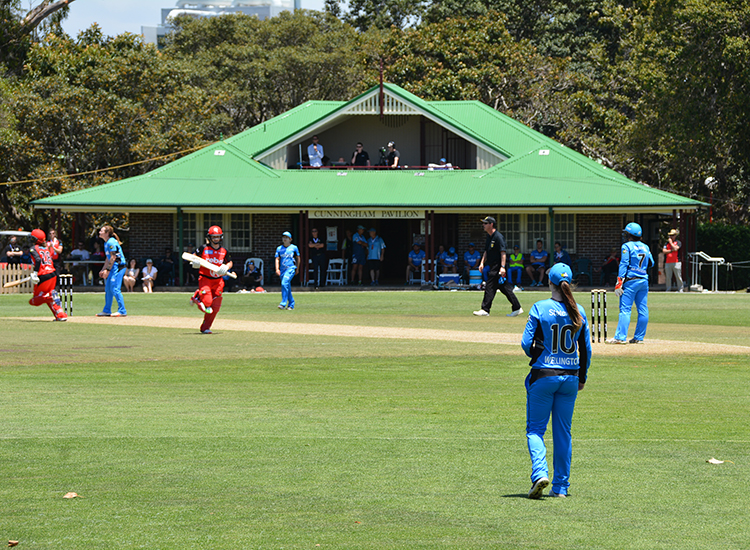Overview of Council rates
All property owners in North Sydney are charged annual Council rates which make up approximately 60 percent of Council's source income.
Rates are used to provide essential infrastructure and services such as roads, footpaths, parks, sporting fields, playgrounds, swimming pools, community centres, libraries, cycleways, and other public amenities.
Calculation of Council rates
Council’s current rates structure is levied annually based on the following factors:
- categorisation of the land (residential or business)
- land value (unimproved capital value)
- allowable annual increase (rate pegging or Special Rate Variation)
- calculation method.
Categorisation of land
All rateable land within the North Sydney Local Government Area is categorised as residential or business. Council assesses properties according to dominant use. Most ratepayers are charged ordinary rates under the residential category.
Categories are important, because rates differ depending on the category of the land. For example, land categorised as residential may attract a lower rate per dollar of land value than land categorised as business. When a property is a mix of residential and business use, a Mixed Development Apportionment factor may apply.
Land value
New land values are issued every three years. As Council's overall rates income is limited by rate pegging and any approved special variation to rates income, an increase (or decrease) in your land value does not necessarily mean a corresponding increase (or decrease) in your rates.
Allowable annual increase
Each year the Independent Pricing and Regulatory Tribunal (IPART) approves a maximum percentage increase in the total income a council can receive from rates. This is called the 'rate peg'.
If a council identifies a program of works that requires funding over and above that of the rate peg, it may apply for a Special Rate Variation (SRV) to increase general rate income. For more information, refer to the IPART website.
Calculation method
Councils can choose how they calculate and distribute rates among categories of rateable properties in the council area.
For each property category, rates can be calculated in one of three ways. They can be based:
- entirely on the land value of the property
- on a combination of the land value of the property, and a fixed amount per property
- entirely on the land value, but subject to a minimum amount
Council must impose a rate per dollar of land value, with a minimum amount.
North Sydney Council’s rates are calculated using option 3.
Council specifies a minimum amount of a rate to be levied on each parcel of land, the size of any minimum amount must not exceed the relevant permissible limits provided for in the Local Government Act 1993 section 548(3) and clause 126 of the Local Government (General) Regulation 2021 (Regulation).
The total amount of income that a council can raise from rates and charges is limited by the rate peg percentage.
Valuations are then applied within Council’s rating structure to calculate how that total income is apportioned to each rateable property.
In years when a general revaluation has been processed there can be considerable differences between individual rate increases. This is usually because properties in different parts of the Local Government Area have been revalued at different rates according to data used by the Valuer General in performing the revaluation.


